How to Choose Boat Cleats for Your Boat
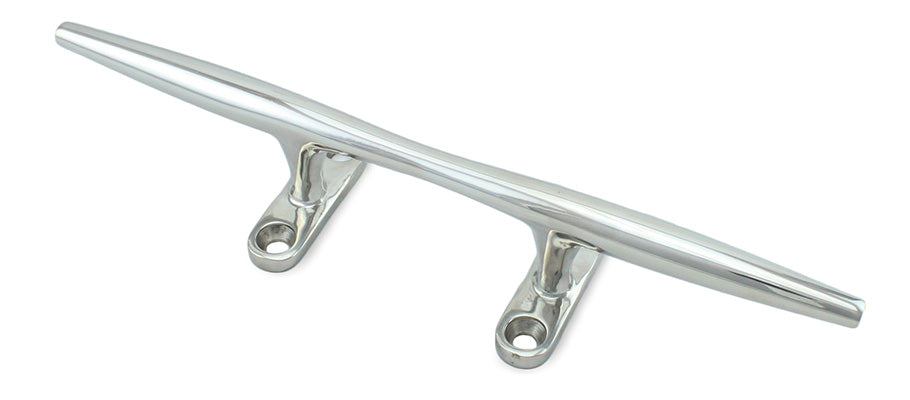
If you have a boat, you're going to need to tie it up. Boat and dock cleats provide convenient locations to secure lines quickly and easily. There are many different types and arrangements of boat cleats available to customize your mooring experience. We will look at a selection of these and provide some advice along the way. At the end of the article we'll provide a brief guide on properly tying your boat to a cleat with a cleat hitch. Let's get started!
Materials
Boat cleats are made from a wide range of materials:
- wood
- nylon
- aluminum
- galvanized steel
- stainless steel
Choosing a material largely depends on the purpose of the cleat; a small wooden cleat may look nice as an accent, but would likely be appropriate only to hang a fender from, while a sturdy steel cleat with a backing plate would be suitable for main bow or stern dock lines. Get a cleat strong enough for the job, and with the variety out there, you'll not likely have to compromise on looks either; a stainless steel cleat, for example, is very strong and looks great just about anywhere!
Types
Here’s a list for you: dock cleat, deck cleat, portable cleat, jam cleat, cam cleat, flip-up cleat, pop-up cleat, pull-up cleat, solar light cleat, Samson post, mooring bollard, zamak cleat – oh my! All of these are tackle used for securing lines of one kind or another. Most boaters will be familiar with at least some of these, especially the typical two-horned deck or dock cleat, which is suitable for just about any situation.
Size and Placement
Sizing a boat cleat is not too difficult if we follow a short chain of dependencies: the size of cleat you should use depends on the size of line you use; the size of line you use depends on the size of boat you have. The general rule is fairly simple:
- Cleat length from tip to tip should be 1" for every 1/16" of line diameter and dock lines should be 1/8" of diameter for every 9 feet of boat length
Let's consider a brief example. If your boat is 40' in length, it requires 1/2" dock lines. Using 1/2" dock lines means that your cleats need to be 8" long to accommodate. That wasn't too hard right?
It is important to note that the above calculation results in a minimum size, and, as with most things in boating, bigger is better! What if you need to add an extra line to that cleat? It sure would be nice to have extra room. Consider this when buying your cleats.
Placement location:
- Place at regular intervals along the port and starboard of your boat
- At minimum use three per side: stern, amidships (for spring lines), and bow
- The more cleats you can reasonably install, the better
The Cleat Hitch: A Guide
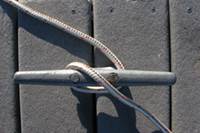 |
Step 1 It's important to wrap the dock line first around the farther cleat horn (in this case the right), then around the closer horn (on the left) before crossing over the cleat and beginning the figure 8. |
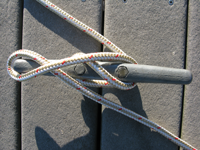 |
Step 2 After making the first cross of the cleat with the line and going around the horn (on the right) a second time in a figure-8, make a half-hitch (or just flip the line) so the cleat is crossed again. Note the two parallel lines in the center and that the half-hitch continues the figure-8. |
 |
Step 3 Tighten as shown. The working end of the line (right) comes away from the cleat in the opposite direction from which it began. |
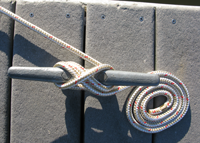 |
Step 4 Any remaining length of line should be "flemished" so that it won’t trip anyone walking on the dock or tangle when leaving the dock. The same holds true if the cleat is onboard. |
| REF: BoatU.S. http://www.boatus.com/trailering/2013/february/CleatHitch.asp | |
Conclusions
Mooring is a core component of boating; therefore, it is important to have tackle you can depend on when it is time to tie up.
- Get boat cleats that are strong enough for the load they will take
- Seriously consider updating standard cleats with safety cleats, especially if your boat is designed with port and starboard passageways
- Bigger is better and more is better; get larger cleats than you need and more of them
- Use your cleats properly; tie up the right way using the guide above
Contact us with any other questions you may have. Happy boating!
Published
Recent Posts
Windlass Problems? Common Issues and How to Fix Them
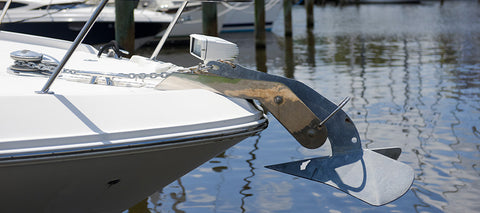
Let's look at common issues with windlasses and how to address them:
1) Windlass Won’t Run in Either Direction
2) Solenoid Clicks, but Windlass Won’t Move
3) Windlass Lacks Power to Haul the Anchor
4) Rode Gets Jammed or Doesn’t Come In
Our history: a 20 year journey
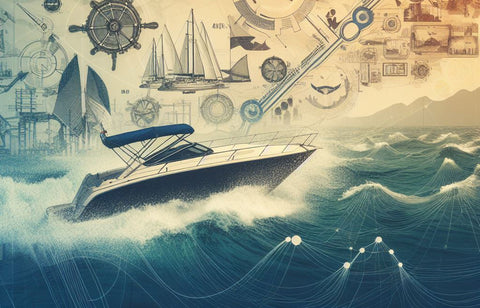
Boat Cleaning Tips for Anglers: Keeping Your Vessel Spotless and Pristine
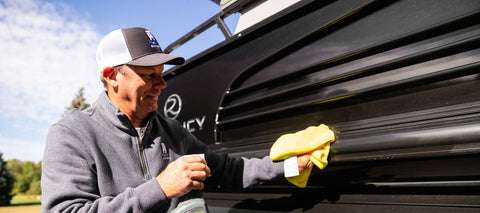
Avast, Ye Mariners! Master the Art of Docking: A Swashbuckling Guide for Boaters
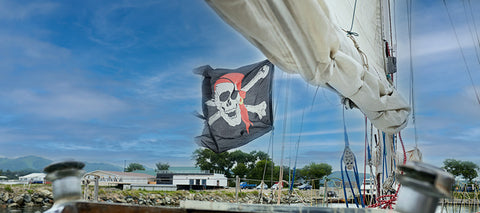
Top Reasons to Keep a Boating Maintenance Log
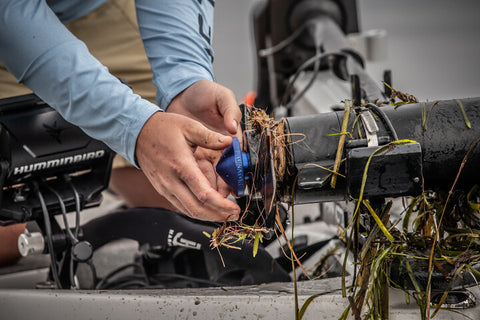
4 Top Tips for Buying a New-to-you Used Boat
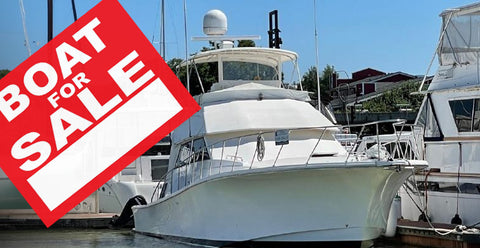
Bent Boat Anchor Shank: Common Causes and Prevention Tips
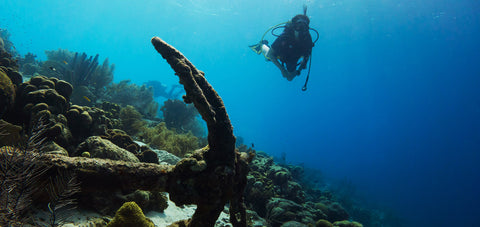
Prepare Your Boat For An Above Average Hurricane Season
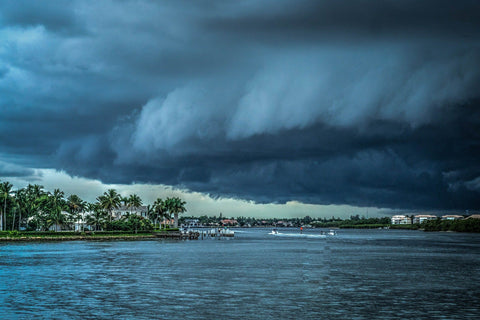
Best Methods For Anchoring Your Jet Ski in Deep or Shallow Water
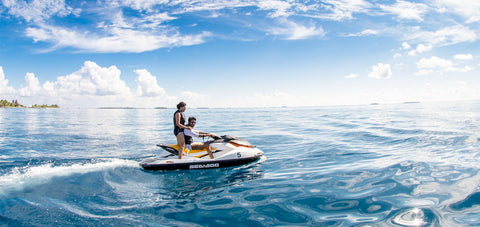
Best Options For Connecting Your Boat To WiFi Internet
